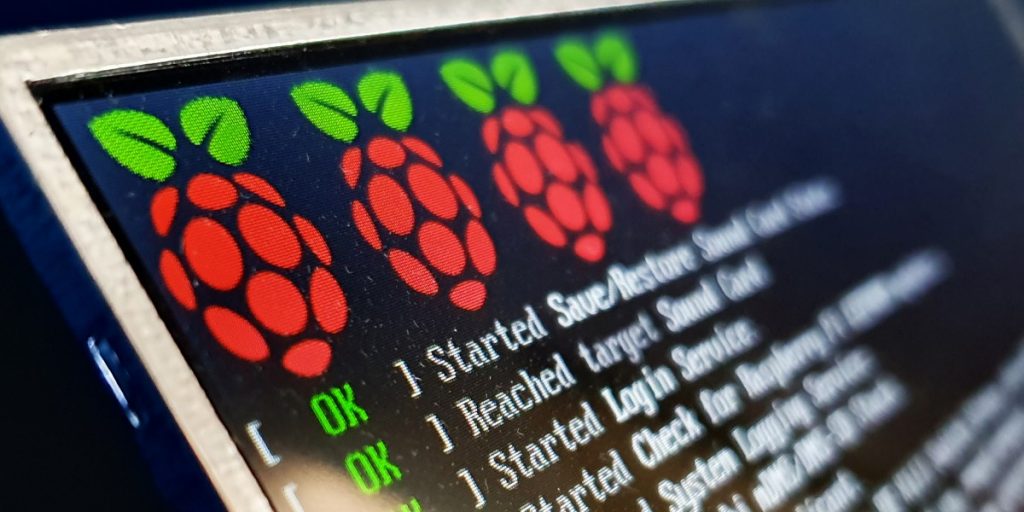If you’re anything like me, you have many more Raspberry Pis than displays. While I usually use a headless Pi for most tasks, some do need a display. I just obtained the official Raspberry Pi 7 model. “I wanted to set up my touch display for everyday usage. In this article, I’ll teach you how to thoroughly set up the touchscreen display and a few additional pointers for utilizing it.

Gather your materials
You’ll need to provide your own Raspberry Pi, but the touch display includes everything else.
Connect the display ribbon cable
Because installing the ribbon wire after the Pi is placed is significantly more complex, we will do it first. The connection on both the Pi and the display board is pretty similar. Begin by removing the two black tabs (one on each side) from the display board’s connection. Then, with the blue strip facing down, enter the cable. After inserting the cable, push the black tabs back into the connection. This secures the cable in place.
Connect the Raspberry Pi to the display
The touchscreen display helpfully includes standoffs and screws for mounting the Raspberry Pi. Place the Pi on the standoffs (with the display connector on the same side as the ribbon cable). Fasten the Pi to the standoffs with a little Philips head screwdriver.
A sharp eye will observe that the ribbon wire is already attached to the Pi in the picture. Yes, I constructed this in a slightly different sequence, but I wanted to re-order things for this tutorial since connecting the connection after the Pi is secured more sense.
Place the ribbon cable on the Pi
Insert the opposite end of the ribbon cable while the Raspberry Pi is still in position. Attach this cable in the same manner as you did the display board. Pull the black tabs out, insert the cable with the blue side away from the board, then put the black tabs back in to secure it.
To power, the display, connect the jumper cords
There are many ways to power the Pi and the display. You could power the Pi and the display separately if you wanted, but we’ll power the Pi directly and then use jumper wires to power the display board.
The package includes four jumper wires; however, for a Raspberry Pi 4, you only need two: 5V and GND. Connect one wire to the Pi’s 5V pin and the display board’s 5V pin. Then connect to a GND pin on the Raspberry Pi and a GND pin on the display board. For further information, please see the picture.
Make use of a case or a stand
There are several possibilities for cases and stands, and what you need is largely dependent on your use case. I’m planning to keep my Pi and touchscreen display at my desk, and I don’t mind exposing the boards and wire (I think it looks great), so I created and printed a simple stand. If you have a 3D printer and wish to build the stand I made, the model is available on Thingiverse.
Set up the on-screen keyboard
Again, depending on your application, you may want to enter anything! You must either connect a real keyboard or install the on-screen keyboard to do this. We’ll go through how to install and utilize the on-screen keyboard in this phase.
Enjoy!
This instruction should be sufficient to get you up and running with the Raspberry Pi 7 “Touchscreen Display.
